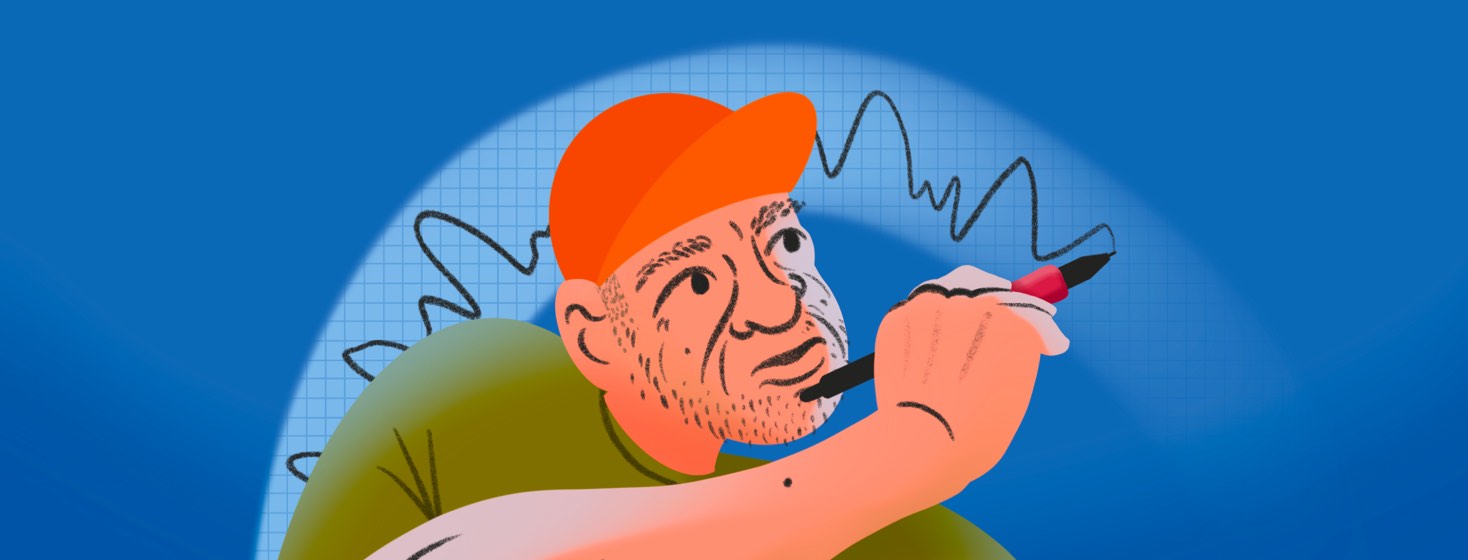How I Am Managing Micrographia
My first inkling I had Parkinson’s disease (PD) was when I realized that I had micrographia at work. I am a certified medical speech pathologist and had intensive experience with Parkinson’s disease symptoms.
Micrographia is defined as abnormally small handwriting or handwriting that becomes progressively smaller which is a characteristic of Parkinson’s disease. Before my PD, I was able to write clearly in a beautiful cursive script. I had many compliments on my handwriting. When other symptoms started to materialize, I started to see if there was a pattern here.1
Slowly noticing changes
I began to research what causes micrographia. I found that it is caused by damage to the basal ganglia. This is the part of the brain responsible for motor control. Being a speech pathologist, I know that intelligible penmanship is an important area of communication, especially if a voice disorder exists.2
My micrographia was progressing slowly. My handwriting was becoming smaller and smaller, and the words were more cramped on the page. I was becoming unable to decipher my own handwritten notes. Co-workers were complaining about the change in my handwriting. I was becoming more concerned about my cursive.
Updating legal documents
I had to notify my attorney to update and notarize my current signature so that all my legal, banking, and governmental documents show that my writing and signature have changed. This included my voter election records, driver’s license, living wills, credit cards, and other documents. This is particularly important if your signatures do not look similar when being matched.
It continued to progress
So, I made an appointment with a movement disorder neurologist. He tested my writing, gait, reflexes, and balance and confirmed my greatest fear that I had Parkinson’s disease. He put me on a regimen of carbidopa/levodopa 3 times a day and gave me a script for physical therapy.
After taking the carbidopa/levodopa for a short time, I felt better with my other symptoms, but the micrographia continued on its slow progression.
How I manage micrographia
I decided to start writing on larger double-lined paper, giving me visual guidelines to help with the size and spacing of the letters. I became more cognizant of my writing ability so that I can judge larger writing and better spacing of the words on the line.
I also decided to try to write in print letters rather than the script. Then I saw an occupational therapist who was trained in making my writing more readable. She recommended that I use a fatter pen or get a gripper that goes on the end of my pen. She advised me to slow down my speed so that I have to concentrate on each letter as I write.
By concentrating on the tasks of printing letters slowly, paying attention to writing on wide-lined paper, and resting between the lines, I have improved my penmanship. In addition, I try to increase the height of each letter I write to fill the wide lines.
I try to practice my penmanship daily. I am more cognizant of my spacing between words and my handwriting is able to be read by more people. I am again able to write grocery lists, sign my name on documents, and write short notes to friends. I feel better that I can have this social connection.

Join the conversation